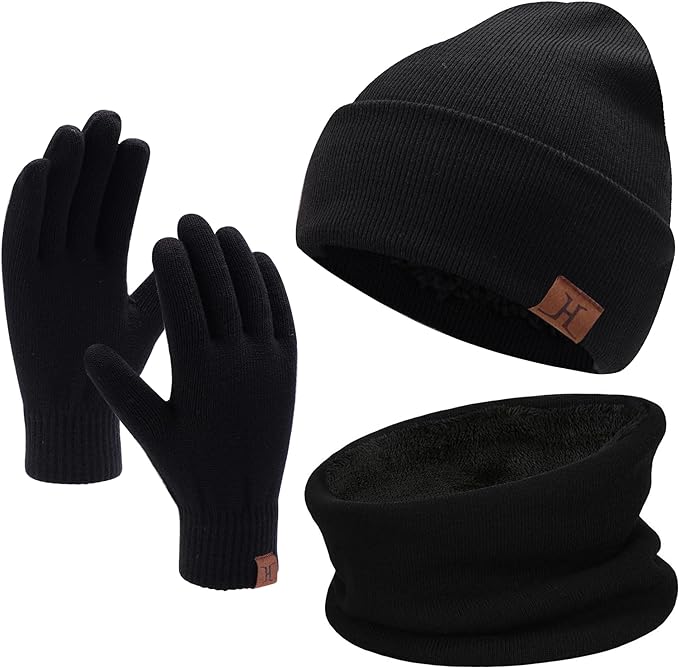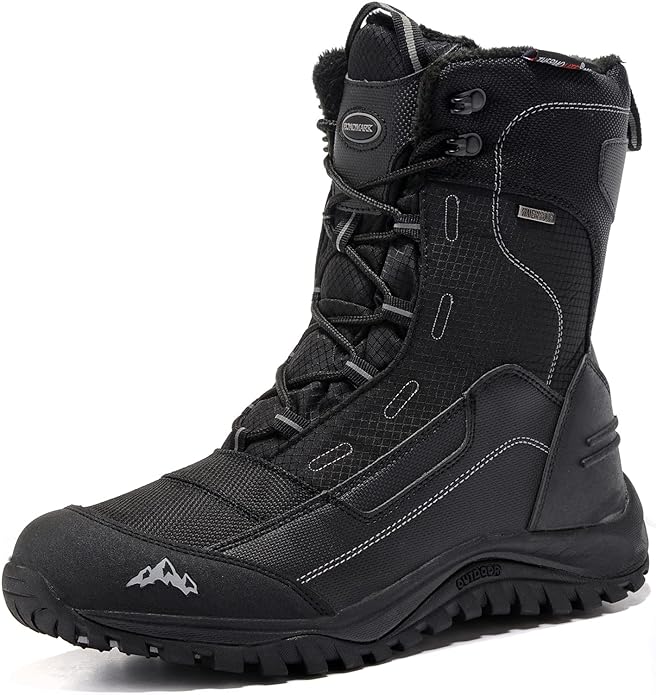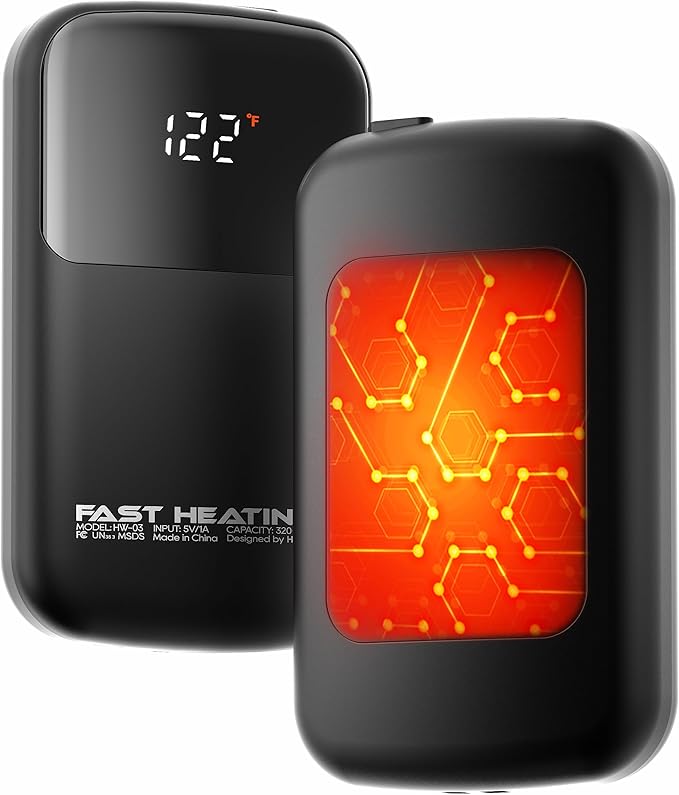How long do the northern lights typically last in Iceland
The duration of a Northern Lights display can vary widely and is influenced by several factors, including the level of solar activity, geomagnetic conditions, and the observer’s location. Here are some general guidelines regarding the typical duration of Northern Lights displays:
Short Bursts:
– Some Northern Lights displays can be brief, lasting for just a few minutes. These short bursts of activity may occur during periods of minor geomagnetic activity and may be visible as brief streaks or flickering lights in the night sky.
Several Minutes to Hours:
– During more active geomagnetic conditions, Northern Lights displays can last for several minutes to several hours. These displays are often more dynamic, with vibrant colors, dancing curtains, and shifting shapes that captivate observers.
Geomagnetic Storms:
– Intense geomagnetic storms, triggered by solar flares or coronal mass ejections (CMEs), can lead to prolonged and intense Northern Lights displays. In such cases, the auroras may persist for several hours, creating a mesmerizing and continuously evolving spectacle in the night sky.
Location and Latitude:
– The observer’s location and proximity to the magnetic pole also play a role in the duration of Northern Lights displays. Closer to the polar regions, where auroras are more common, displays may be longer and occur more frequently.
Seasonal Variations:
– The season can influence the duration of Northern Lights displays. During the winter months in polar regions, when nights are longer, there is more darkness for auroras to be visible, potentially leading to longer displays.
Solar Activity:
– The overall level of solar activity, including the phase of the solar cycle and the occurrence of solar flares or CMEs, can impact the duration and intensity of Northern Lights displays. During periods of high solar activity, such as solar maximum, more extended and vibrant displays are more likely.
It’s important to note that the Northern Lights are a natural and unpredictable phenomenon. While some displays can be relatively short, others may unfold into extended and breathtaking shows. To maximize your chances of witnessing a spectacular Northern Lights display, consider visiting locations in Iceland, checking aurora forecasts, and planning your observations during periods of heightened geomagnetic activity.











